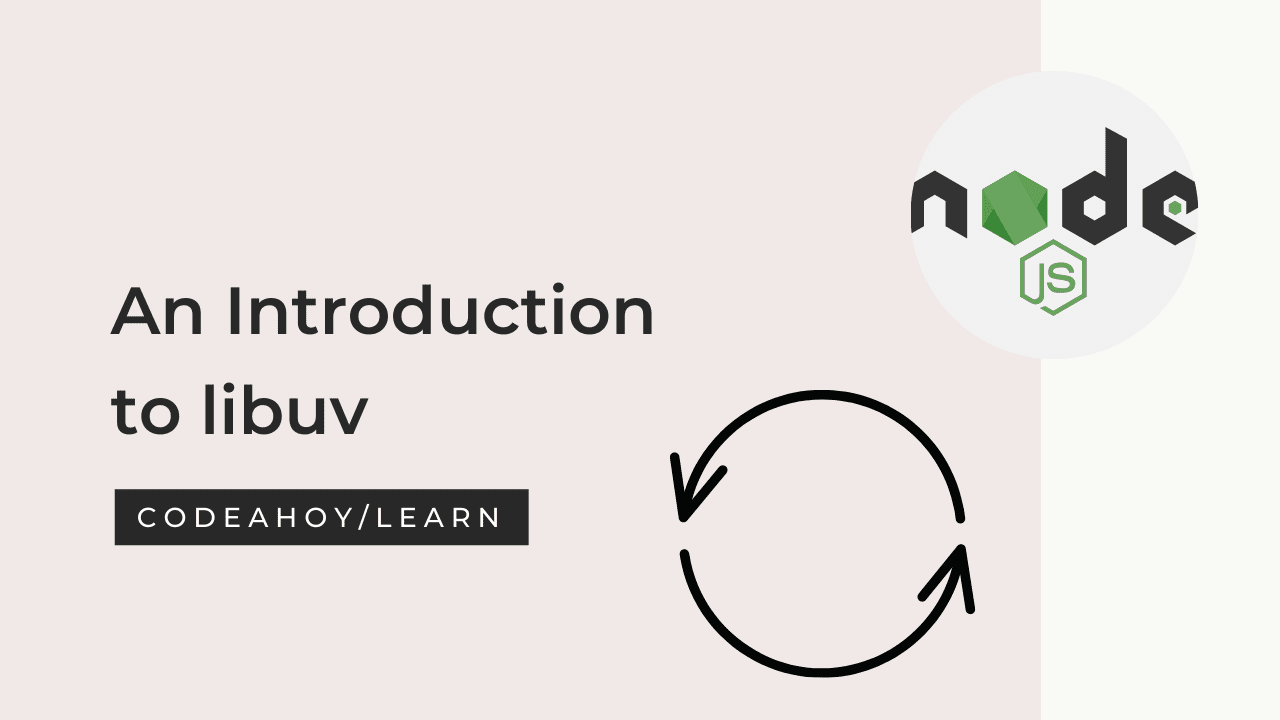Books / Introduction to HTML, CSS and JavaScript / Chapter 1
Part I - HTML
This book is designed as a brief overview of HTML. HTML is the
language used to mark-up (or layout) Web pages. It consists of tags
which are embedded in strings of text. These tags are instructions in a
web page to control things such as formatting. For example, the
emphasis (<em>) tag is used to provide emphasis to a string, and the
strong (<strong>) tag is used to bold text.
The evolution of HTML has caused it to be much more than a program that
can format documents. It can be used to include information for other
languages. For example, the <script> tag can be used include
JavaScript source code within the current document, and the <style>
tag can be used to include an external file containing Cascading Style
Sheets (CSS). It can be integrated with these other languages to then be
used as an infrastructure for write complex programs, such as form-based
systems, mapping systems, and other useful programs that can be run from
a browser.
The next few chapters of this book will cover the basics of creating simple HTML web pages and creating the HTML portion of an interactive form. In subsequent sections of Part I of this book CSS will be used to style the form, and JavaScript will be used to provide interactivity with the form and to process the form.
Learning Objectives
- HTML text, tags, and attributes
- HTML container tags
- Standard HTML tags
- HTML document structure
- How to include an image
- How to create form elements:
- Text Boxes
- Radio Buttons
- Check Boxes
- Buttons
- HTML Tables




